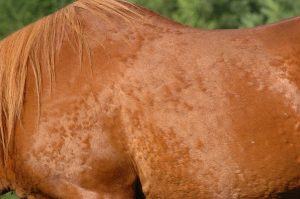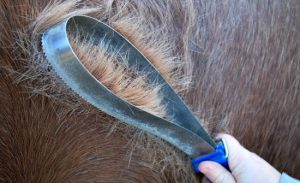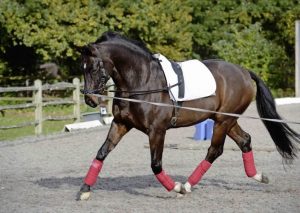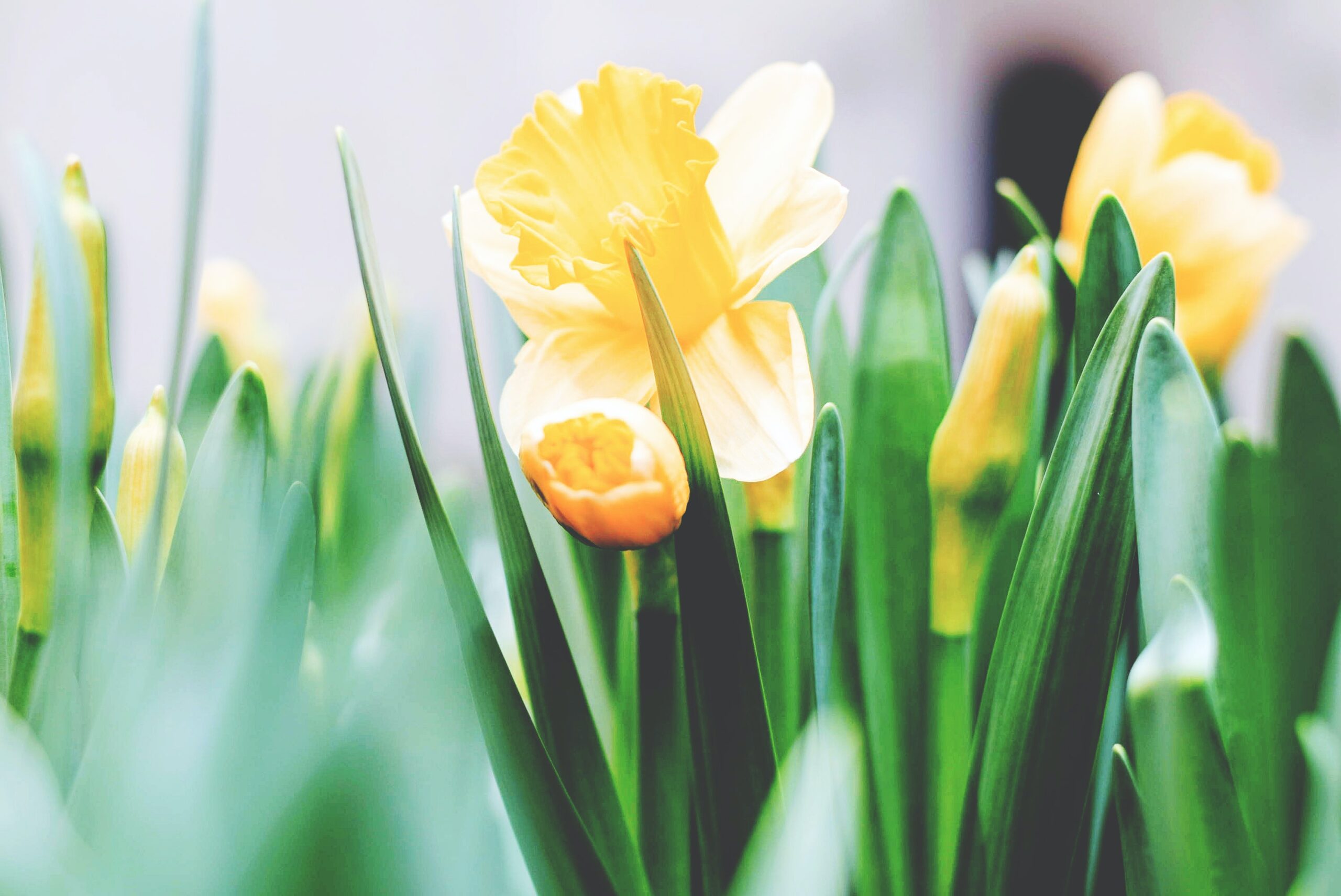Spring has officially sprung, and it’s about time too! While you can put off the big spring clean of your house until, well, at least the family gathering at Easter, getting on top of your horse’s health and wellbeing needs this season is super important, and the quicker you can get into spring gear, the better.
Here are our top Spring Horse Care Tips for ensuring your equine is happy and healthy this spring.
Tip 1 Your Horses Winter Coat

As we begin to store our winter warmers under the bed for another year, your horse will be in the process of shedding his winter coat too. But be mindful that this doesn’t happen overnight, and just because we are now in March it does not mean that the winter coat has disappeared. If your horse still has his winter coat remember that it will cause faster overheating, and slower cooling down than usual in the (ever so slightly) warmer weather.
Regular grooming helps to encourage shedding and you may want to consider clipping, especially for long winter coats that have not yet shifted.
But remember to have a rug on hand in case the temperature dips.
Tip 2 Keeping Your Horse Healthy
As their winter coat sheds, check for any cuts or signs of skin disease. Under the rug is a prime area for bacterial and fungal skin infections. The sooner you spot any problems the easier they will be to deal with. Also make sure you keep an eye out for signs of thrush and rain scald, conditions which can flare up during wet weather.
Parasites are most prevalent during spring, so get on top of your parasite management as soon as possible. A worming treatment is essential, while manure management and pasture rotation can help to reduce the risk of parasitic problems.
On top of these initiatives at the paddocks, schedule a visit with your vet to ensure all vaccinations are up to date, to review any problems you’ve experienced over the winter months, and to discuss any concerns you have about the upcoming season.

Tip 3 Your Horses Diet and Nutrition
While our healthy eating plans may have gone out the window by now, keeping your horse on a healthy and nutritious diet is vital to keep them in the best shape.
If they have been munching on hay all winter, re-introduce them to pasture slowly. A sudden and dramatic shift to pasture can cause colic and founder. During spring pasture grasses accumulate high amounts of sugars (fructans), which can cause digestive issues and diseases like laminitis as well as excessive weight gain. Along with gradually changing their diet, try feeding on pasture during 3 am and 10 am, when fructan levels are at their lowest.
Along with helping with parasite management, pasture rotation – dividing the pasture into paddocks and rotating horses through them – can also help to ensure nutritional needs are met.
Tip 4 Horse Fitness – Exercise
 After months of idleness, getting back into exercise can be tricky for the best of us. Horses and ponies are no different! Begin your exercise program slowly and gradually increase its intensity to reduce the risk of soreness and exhaustion. As you step it up increase the level of feed accordingly so that your horse is properly sustained.
After months of idleness, getting back into exercise can be tricky for the best of us. Horses and ponies are no different! Begin your exercise program slowly and gradually increase its intensity to reduce the risk of soreness and exhaustion. As you step it up increase the level of feed accordingly so that your horse is properly sustained.
And most of all – enjoy the beautiful spring weather!





